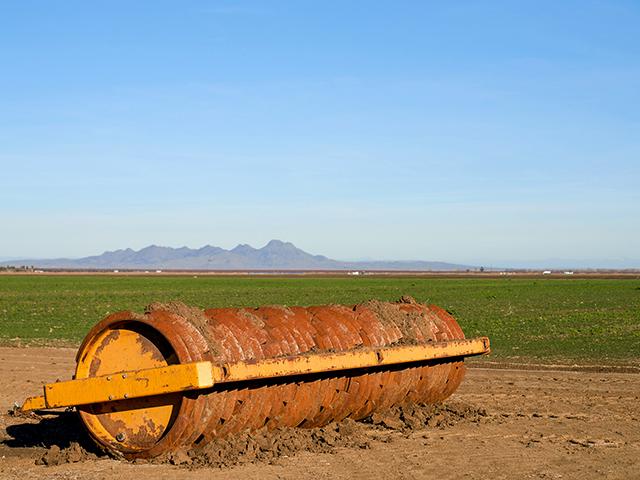Tips to Beat the Rust
Beat the Rust
Anyone who works with exposed ferrous metal (iron or steel) knows it's going to rust. All it takes is metal exposure to oxygen or water.
You may want to remove rust and spare the metal. There are several questions to consider first, says Mike Fowler, application specialist at Kano Laboratories, based in Nashville, Tennessee.
-- Has the part been structurally weakened?
-- Is the surface so pitted that it's impractical to apply coatings?
-- What methods are available for rust removal?
P[L1] D[0x0] M[300x250] OOP[F] ADUNIT[] T[]
Rust must be stopped and removed before the paint process begins. For lightly rusted equipment, consider brushing on a rust remover. Following all safety protocols, the product will remove light surface rust. The now rust-free surface needs to be thoroughly rinsed with water and dried with a cloth. After treatment, consider applying a protective coating.
Phosphoric acid is an effective and efficient rust-removal agent. It cleans the iron or steel parts by chemically reacting with the rust and converting it to water-soluble components. These components remain in the liquid solution, which is easily washed away, leaving the iron or steel surface clean and ready for use or for application of any type of coating to prevent further rust formation. Kano Laboratories developed a product called Exrust, whose active ingredient is phosphoric acid, to penetrate and chemically react with iron oxide, quickly removing it.
SOUND ADVICE
Fowler offers these suggestions on using a rust remover.
-- Performance. Be sure you are getting a rust remover that dissolves the rust away rather than a rust converter, which just changes the rust to a more stable layer of iron oxide. These layers may inhibit further corrosion and may be suitable for some coatings and linings, but the buildup may interfere with moving mechanisms, be incompatible with some coatings and linings, and leave a visually unpleasant roughness.
-- Ease of Use. In choosing the right rust remover, some products work best as a soak, and some are designed with a jelly-like consistency to be applied to surfaces that are not capable of immersion. The soaks are most efficient and fastest when the entire surface to be cleaned can be immersed in the solution. Sometimes doing large parts takes some creativity to get the whole part immersed at one time. When using gels or soaks on surfaces that can't be completely immersed, the cleaning process may be much slower, because the amount of rust dissolved is proportional to the amount of active ingredient in contact with the surface.
-- Safety. The product label and safety data sheet (SDS) should give clear directions for proper use, including personal protection equipment. Research the product to guarantee that it's compatible with the material being cleaned. Know whether it will damage the base metal or paint, or mar the finish of the component that is being cleaned. In rust removers, there is a certain performance trade-off between acid-based products that have more inherent safety risks than chelating agents that are safer for the user. A chelator is a molecule that attaches to metal ions.
-- Speed vs. Efficiency. Before choosing a rust remover, it's beneficial to identify the process by which the rust is removed. Acid-based products' speed of performance will be a function of the type of acid in the rust remover. Chelating agents tend to be a little slower than strong acids but still faster than weaker acids such as vinegar.
-- Damage to Base Metal. Those who want to get rid of rust in a hurry may use strong acids like muriatic acid (dilute hydrochloric acid) or sulfuric acid, but these will dissolve the base metal as readily as the rust. Great care is required lest the part you are trying to clean is damaged beyond use. Chelating agents will not harm the base metal but may not be as fast or thorough enough. A good middle ground is a phosphoric acid-based product that, properly designed, will provide quick dissolving of the rust with no risk of base metal damage.
**
-- Follow Dan on X (formerly Twitter) @DMillerPF
[PF_0124]
(c) Copyright 2024 DTN, LLC. All rights reserved.




